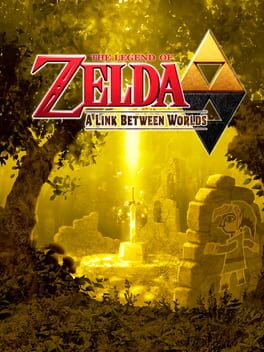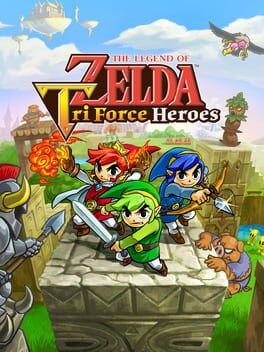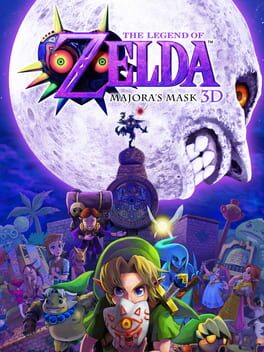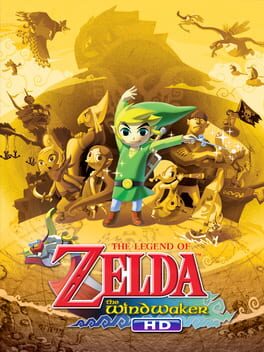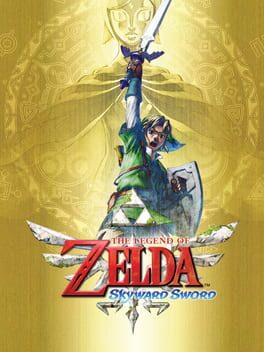

The Legend of Zelda: A Link Between Worlds
released on Nov 22, 2013
The Legend of Zelda: A Link Between Worlds
released on Nov 22, 2013
The Legend of Zelda: A Link Between Worlds is the first Zelda game made exclusively for the Nintendo 3DS. It is an indirect sequel to A Link to the Past with the same version of Hyrule but with new characters and gameplay elements. Unlike the series' tradition, many areas of the world are accessible from the beginning of the game and the dungeons can be visited in any order. Puzzles are encountered not only in dungeons but also in the open world, a part of them revolves around the game's 3D visual effect. The 3DS touch-screen display shows the world, dungeon or map depending on where you are.
Also in series
Reviews View More
Uh, I actually was not expecting this game to be this good. I kinda have a track record of not liking Zelda games but this one is unironically amazing. This game is shorter than other Zelda games, but the reason for that is that it cuts out all the bullshit that other games have. No unnecessarily long start like twilight princess, or boring boat segments/triforce hunt in wind waker. The blatant obtuseness of the older games has evaporated. It is just back to back great dungeons, with minimal overworld segments that complement the dungeons. I always had the thought that Zelda games would be a lot better if it was just the dungeons, and this is it. Thats not to say there is no story, but it's mostly minimal and serves the purpose of explaining the hero's journey. The wall merge gimmick is also amazing because it is used in every dungeon, and very well. It's also used with items to give them new uses. The dungeons here are also some of the best I have experienced with 2 exceptions. The only reason this doesn't get a 10 is because I did not like the dark palace, and the thieves hideout is a bit below average.
Una secuela espiritual de "A Link To The Past". Creo que fue un gran acierto de Nintendo inspirarse en el estilo, pero crear una idea divertida e innovadora para la jugabilidad con la capacidad de convertir a Link en pintura y que se pueda mover entre los muros. Idea que no he visto a nadie más fuera de Nintendo repetir.
La historia es súper bonita, los personajes carismáticos y el soundtrack aunque repite muchos temas de ALTP, el estilo de instrumentos medievales hace que se sienta épico y hogareño.
Es un juego que no veo error alguno, el primero donde implementaron "tu eliges el orden de la aventura" y que les funcionó de maravilla. Uno de los mejores Zeldas que se han hecho y creo que lo mejor que salió del Nintendo 3DS.
La historia es súper bonita, los personajes carismáticos y el soundtrack aunque repite muchos temas de ALTP, el estilo de instrumentos medievales hace que se sienta épico y hogareño.
Es un juego que no veo error alguno, el primero donde implementaron "tu eliges el orden de la aventura" y que les funcionó de maravilla. Uno de los mejores Zeldas que se han hecho y creo que lo mejor que salió del Nintendo 3DS.
